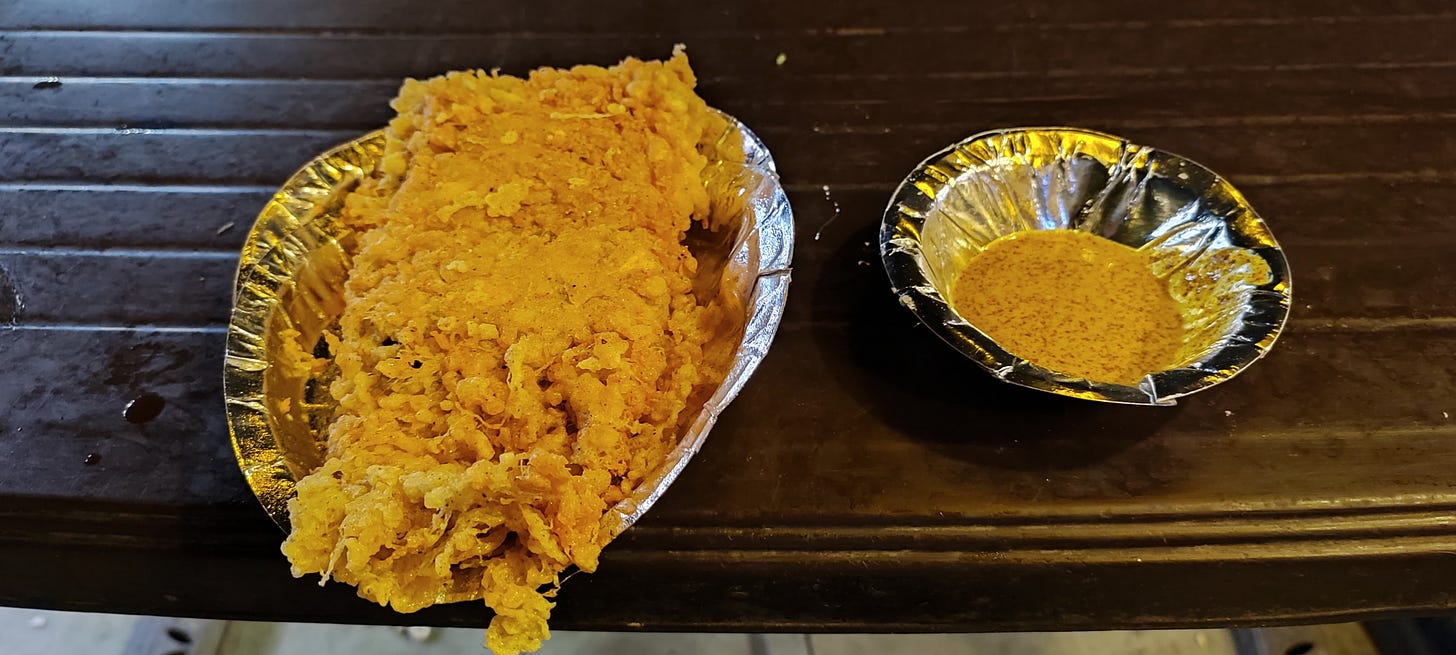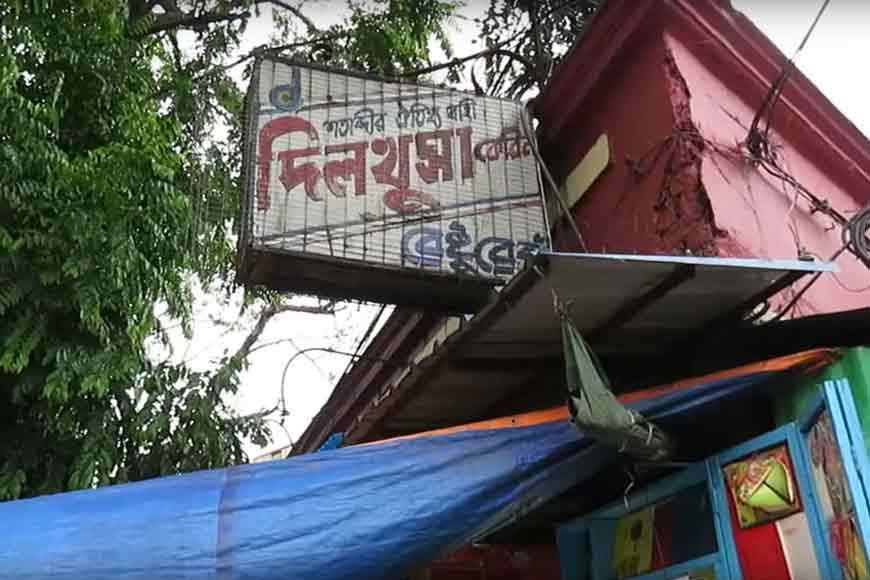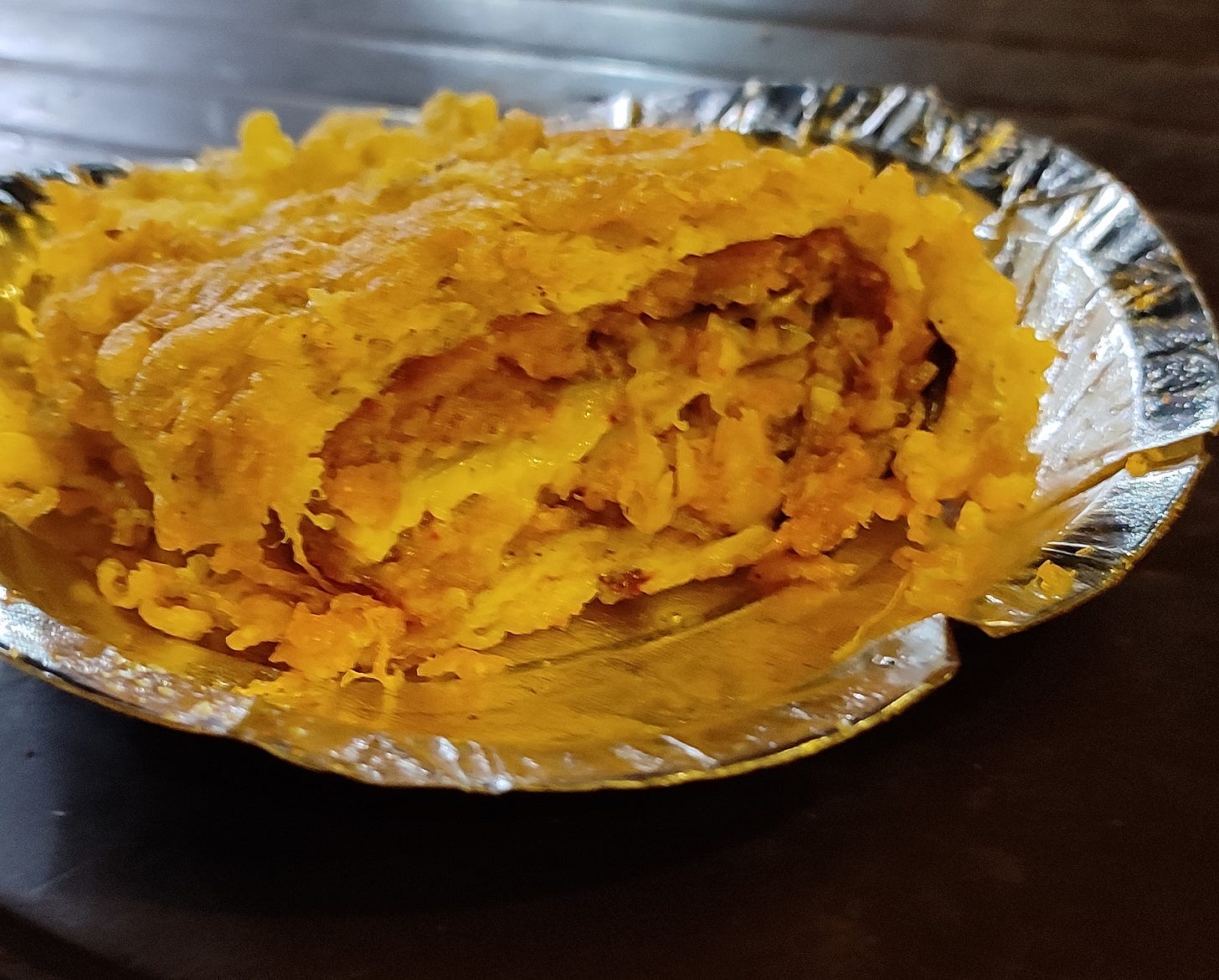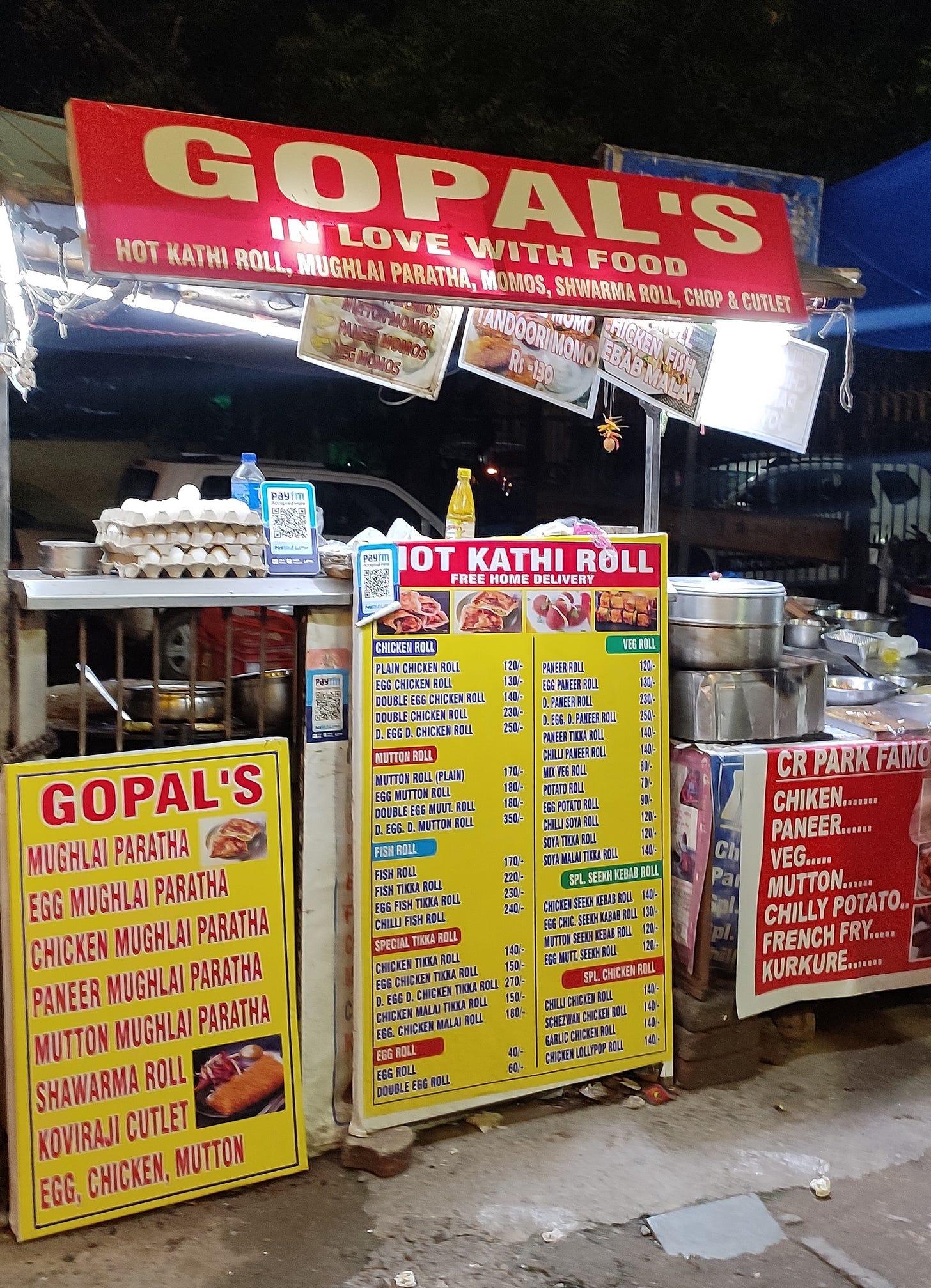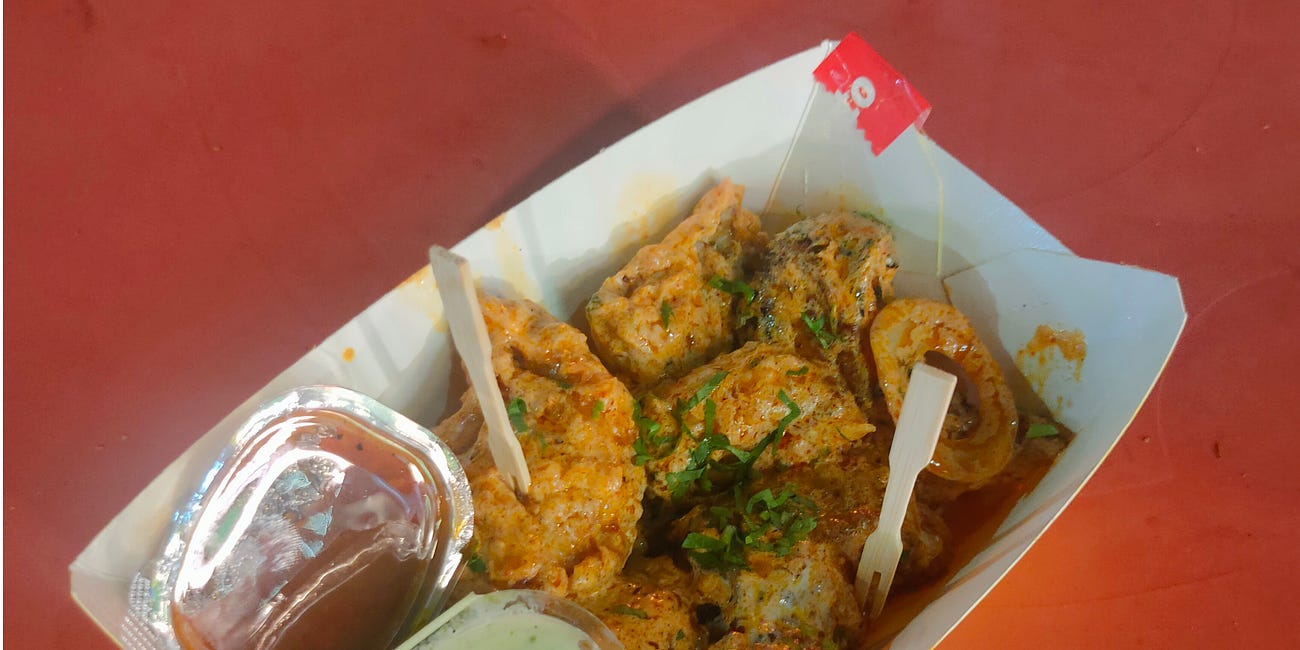The Cutlet, the Cabin and the Colony - Fish Kabiraji in Chittaranjan Park
The history of the Kabiraji cutlet is fascinating. It emerged in colonial-era Bengal, as the British officials who resided there often demanded cutlets be made for them, as they were accustomed to having it as part of their diet back home. This particular cutlet would be covered in crumbs and batter before being fried. This is why it was originally known as the coverage cutlet. Over time, the word coverage got corrupted to Kabiraji, which is how it is known today.
Small restaurants known as cabins were sprinkled all over the landscape of colonial Calcutta. They were popular haunts for lovers and revolutionaries, as these restaurants offered a quiet space away from the snoopy eyes of Calcutta at the turn of the millenium, where they could chit-chat for hours over a cup of tea and snacks. One such haunt was Dilkhusha Cabin in College Street, which opened in 1902, and is credited with popularising the Kabiraji.
Back to Dilli. The Kabiraji cutlets in Chittaranjan Park are savory, filling and wonderful. I tasted fish Kabiraji from a stall named Gopal’s in Market - I. The fish was coated in a mixture of egg, corn flour and rice flour, only lightly seasoned with salt and pepper. The cutlet then enters the magic cauldron full of the elixir known as “mustard oil”, and sizzles in the magic liquid for some while before it is extracted and served with a mustard sauce, known as kasundi. The resultant mixture is nothing short of a magic spell - one that binds the various contrasting flavours of the cutlet into one cohesive mass. The cutlet is not heavily flavoured, allowing one’s tastebuds to gradually work their way through the dish - you first taste the crispy, light, flaky, floury (and eggy) batter, with tidbits of salt and pepper merely tapping your tongue on the way down your throat, the few remnants of the magical mustard oil dripping through the small cracks in the cutlet into your mouth, before you reach the sanctum sanctorum of the dish - the fish itself, which is incredibly soft and well cooked. The kasundi accompanying your meal is bursting with a strong, pungent flavour of mustard, and is the final piece in the puzzle that helps bind the cutlet together.
Note : I shall keep updating this space in case I choose to have Kabiraji from other places in CR Park. Subscribers to my mailing list shall be notified of the same through emails.
Recommendations for Kabiraji Cutlets:
Gopal’s - 8.5/10 (Market I): They also serve the cutlet in mutton, chicken, prawn and egg varieties, which I am yet to sample. I have had their Mughlai Paranthas in the past, which I would recommend.
Tandoori Momos at Hunger Strike : A Flavourful Fusion of two Contrasting Cosmos
The New York-style pizza, concocted by Italian immigrants to the USA in the early 20th century, with its humongous portions, thin crust, meaty toppings and a heavy covering of cheese, barely resembles its Italian predecessor, which has lighter toppings of basil and a mere touch of mozzarella, a chewier, fluffy crust, and is consumed with a fork and a kn…


